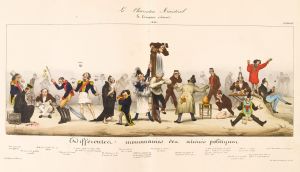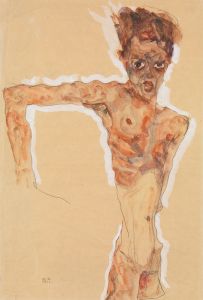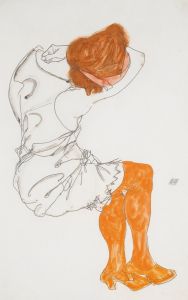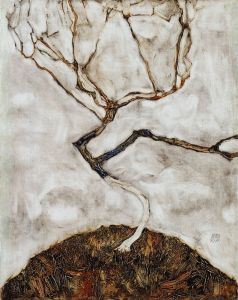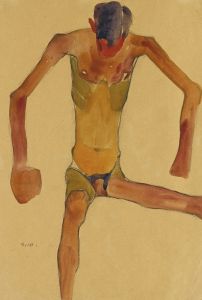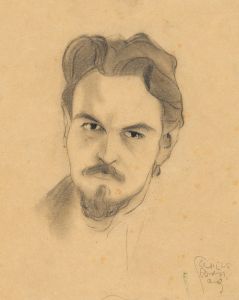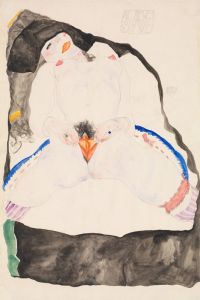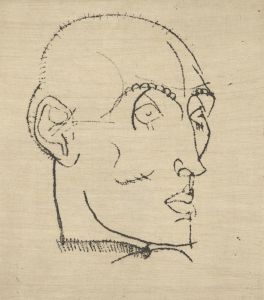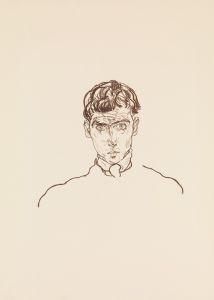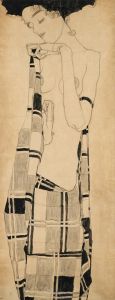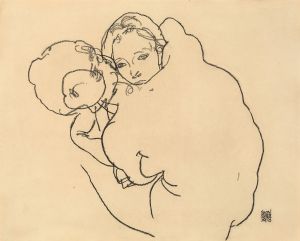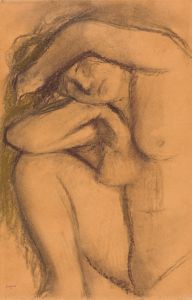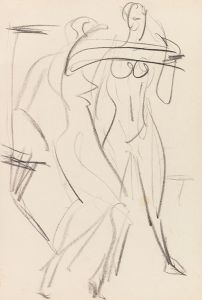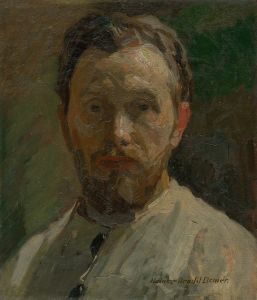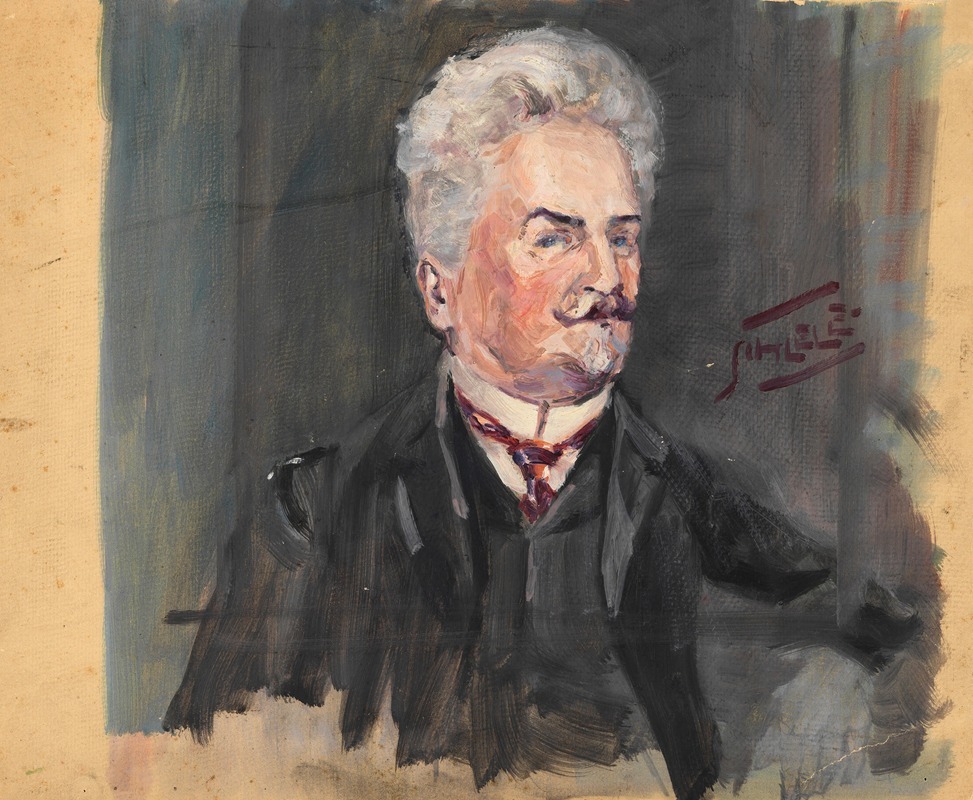
Porträt Leopold Czihaczek
A hand-painted replica of Egon Schiele’s masterpiece Porträt Leopold Czihaczek, meticulously crafted by professional artists to capture the true essence of the original. Each piece is created with museum-quality canvas and rare mineral pigments, carefully painted by experienced artists with delicate brushstrokes and rich, layered colors to perfectly recreate the texture of the original artwork. Unlike machine-printed reproductions, this hand-painted version brings the painting to life, infused with the artist’s emotions and skill in every stroke. Whether for personal collection or home decoration, it instantly elevates the artistic atmosphere of any space.
Egon Schiele's Porträt Leopold Czihaczek is a notable oil painting created in 1907. The work depicts Leopold Czihaczek, who was Schiele's uncle and legal guardian following the death of Schiele's father in 1905. Czihaczek, a railway official, played a significant role in Schiele's early life, providing him with financial and emotional support during his formative years. This portrait is an important example of Schiele's early artistic development, created during a period when he was still heavily influenced by the work of Gustav Klimt and the broader Jugendstil (Art Nouveau) movement.
The painting portrays Czihaczek seated in a formal pose, dressed in a dark suit and set against a muted background. The composition reflects Schiele's early academic training and his interest in capturing psychological depth in his subjects. Unlike Schiele's later works, which are characterized by their expressive distortion and bold use of color, this portrait demonstrates a more restrained and traditional approach to portraiture. The meticulous attention to detail and the subdued palette suggest Schiele's effort to convey the dignity and seriousness of his uncle's character.
Porträt Leopold Czihaczek is significant not only for its artistic qualities but also for its biographical context. It provides insight into Schiele's personal life and the relationships that shaped his early career. The painting is often cited as an example of Schiele's transition from his academic training to the more experimental and individualistic style that would define his later work.
The current location of the painting is not widely documented, and it is unclear whether it resides in a public collection or remains in private hands. Despite this, the work continues to be recognized as an important piece within Schiele's oeuvre, offering a glimpse into the early stages of his artistic journey and his connection to his family.
This portrait remains a testament to Schiele's evolving style and his ability to capture the essence of his subjects, even in his formative years as an artist.





